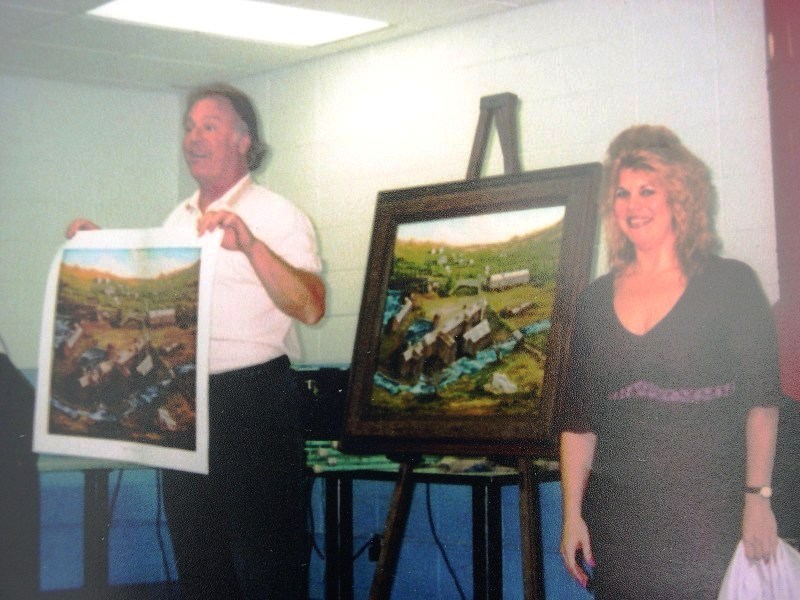
The only pieces of the puzzle I had for reference were some old worn out blue print of the building, and some small pictures in the town’s history book. I was taken on a guided tour which pretty much showed me the area that each building covered. This gave me a rough idea of the dimensions of each structure and an explanation of how the mills utilized river/canal water to generate power to crank the shafts.
As a result, I came to an understanding and I developed an emotional connection of these innocent hard working people. They really didn’t realize how bad the textile mills would soon pollute our waters and destroy our land just trying to make a honest living.
Since then my appreciation for history and my passion for a cleaner, healthier environment grew tremendously. I love this opportunity I have been given to record this small piece of history as we saw it in my mind after the completion of research.
We are watching the Departments of Tourism, work and culture all working together to support the communities, and educate us through creative efforts. Also, we see the Blackstone River Coalition strive to regain healthy water, land and habitation within the Blackstone Valley National Corridor.

 RSS Feed
RSS Feed